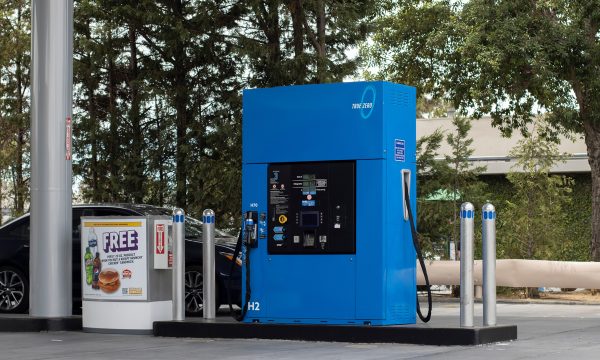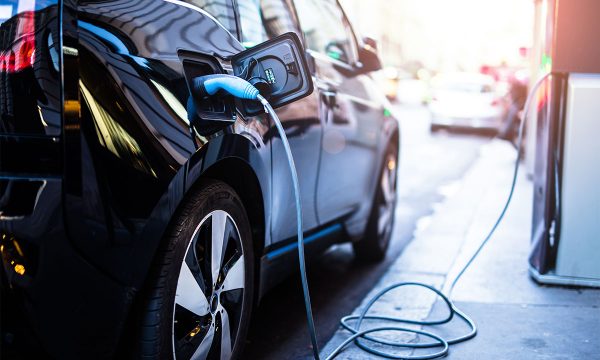Battery is the future, but there is still room for more innovation
We’ve all heard the mantra. The future of the automobile is electric!
But what of the venerable internal combustion engine (ICE) and its 160 years of development? Will it simply be relegated to history, along with all the knowledge and achievement it has engendered?
The answer from some automakers, it seems, is “yes!” A few have already stopped further development of ICEs, they say. Others have set a deadline for doing so that is no more than a few years off.
That decision may (or may not) be in the best interest of their shareholders. But is it also in the best interest of the global climate?
Not necessarily.
Why? Because, barring some draconian legislative action (beyond just banning new ICE-vehicle sales beyond 2035), the ICE will still be a significant part of our vehicle population for at least the next 25 years.
Take Canada for example. Our federal government has set tentative targets of 100 per cent zero-emission vehicle (ZEV) sales by 2035, and 50 per cent by 2030.
Let’s assume average new-vehicle sales of 1.7-million new vehicles a year going forward—a conservative estimate—and progressive annual increases in EV sales to meet those established 2030 and 2035 targets.
On that basis, between now and 2035, we will sell 10.6-million ZEVs—and 13.2-million new ICEs.
Considering North America as a whole, and assuming the U.S. is as aggressive as Canada in ZEV adoption, the same math reveals that more than 155-million new ICEs will be built and sold between now and 2035.
That is a lot of engines on which to essentially abdicate further development in terms of emissions and efficiency.
By 2035, even if those optimistic ZEV adoption rates are realized, ICEs will still account for 54 per cent of all light-duty vehicles on our roads, at current scrappage rates.
At least some of those vehicles will still be around until at least 2050, unless they are barred from the roads by legislation.
Reducing their greenhouse gas (GHG) output by a further 10 per cent, for example, would have the same effect as replacing an additional 15.5-million ICE vehicles with ZEVs, on the same schedule.
That is good news for dealers in one sense. While capital investments to adapt to the sales and servicing of ZEVs will be high, the decline in revenue from ICE-related repair work will have a long and gradual down-ramp.
Those ICE numbers could be even greater if the eventual ZEV definitions continue to accommodate some level of plug-in hybrids, as is the case with California’s regulations, which tend to be the gold standard for other constituencies.
All of which seems like sufficient justification for continued development of ICEs, to further improve the efficiency and reduce the carbon emissions of those 155-million engines still to be sold here in North America.
Reducing their greenhouse gas (GHG) output by a further 10 per cent, for example, would have the same effect as replacing an additional 15.5-million ICE vehicles with ZEVs, on the same schedule.
Not everyone has abandoned ICE development. And it is not just existing automakers that are advancing their technology—some in dramatic new directions.
As we have discussed previously in this column, rotary engines promise to be well suited as drivers of range-extending generators for PHEVs. And it is not just Mazda that is pursuing that potential.
Hydrogen is not limited to use in fuel cells. It can also be used as fuel for ICEs, with near-zero carbon emissions, and it seems particularly well suited to use in rotary engines.
While it presents some challenges not yet wholly overcome, Mazda, Kawasaki, Subaru, Yamaha and Toyota are all known to be working on various hydrogen-fueled ICEs, including at least one V-8.
Mazda’s Skyactiv-X technology, already in production and available outside of North America, makes use of what the company calls spark-controlled compression ignition (SCCI).
It combines a supercharger, ultra-high-pressure fuel injection, and aspects of both diesel and conventional gasoline engine combustion processes, operating on gasoline, to increase thermal efficiency and reduce emissions.
Mazda also recently filed a patent application for a supercharged, two-stroke engine incorporating similar technologies.
Even further out there, a startup firm called Astron Aerospace has revealed an all-new rotary engine design that it says will achieve greater than 60 per cent thermal efficiency—twice that of a typical piston engine—and 90 per cent mechanical efficiency. It is said to produce 160 horsepower, with a mass of just 15.9 kg (35 lb).
These technologies may or may not prove feasible. But it is encouraging that there are still explorations into alternative means of maintaining our mobility, while satisfying our environmental imperatives.
Just in case our big bet on batteries and electricity isn’t the best one.












